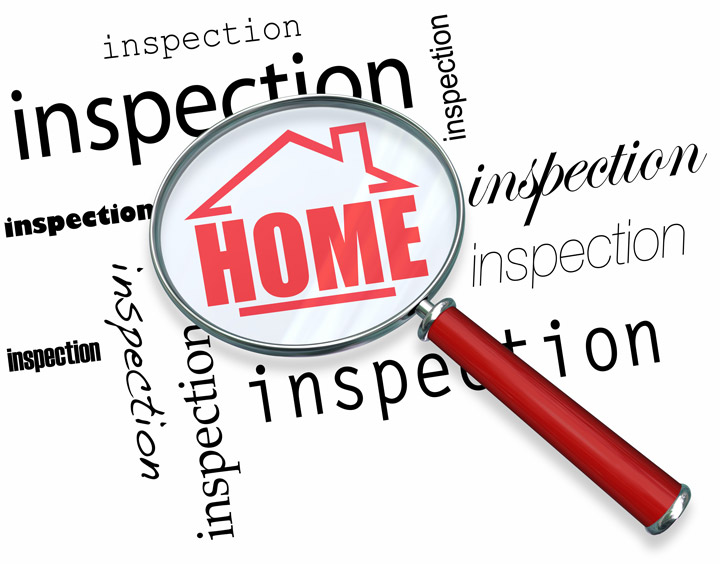
What Goes Into an Appraisal?Purchasing real estate can be the most serious investment many of us may ever make. Whether it's where you raise your family, a seasonal vacation home or a rental fixer upper, purchasing real property is a complex transaction that requires multiple parties to pull it all off. You're probably familiar with the parties having a role in the transaction. The most known face in the transaction is the real estate agent. Then, the mortgage company provides the money needed to finance the deal. And ensuring all aspects of the sale are completed and that a clear title passes from the seller to the buyer is the title company. So, who's responsible for making sure the value of the real estate is in line with the amount being paid? This is where the appraiser comes in. We provide an unbiased estimate of what a buyer might expect to pay — or a seller receive — for a property, where both buyer and seller are informed parties. A licensed, certified, professional appraiser from O.T. Clagett Realty, Inc. will ensure, you as an interested party, are informed. Appraisals start with the inspectionOur first task at O.T. Clagett Realty, Inc. is to inspect the property to ascertain its true status. We must see features first hand, such as the number of bedrooms and bathrooms, the location, living areas, etc, to ensure they indeed are there and are in the shape a typical person would expect them to be. The inspection often includes a sketch of the property, ensuring the square footage is accurate and conveying the layout of the property. Most importantly, the appraiser looks for any obvious features - or defects - that would have an impact on the value of the property. Following the inspection, an appraiser uses two or three approaches to determining the value of real property: a paired sales analysis, a replacement cost calculation, and an income approach when rental properties are prevalent. 
Replacement CostThis is where the appraiser analyzes information on local building costs, labor rates and other factors to determine how much it would cost to construct a property comparable to the one being appraised. This figure usually sets the upper limit on what a property would sell for. It's also the least used method. 
Paired Sales AnalysisAppraisers get to know the neighborhoods in which they appraise. They innately understand the value of certain features to the people of that area. Then, the appraiser researches recent transactions in the area and finds properties which are 'comparable' to the real estate being appraised. Using knowledge of the value of certain items such as upgraded appliances, extra bathrooms, additional living area, quality of construction, lot size, we add or subtract from each comparable's sales price so that they are more accurately in line with the features of subject.
Once all necessary adjustments have been made, the appraiser reconciles the adjusted sales prices of all the comps and then derives an opinion of what the subject could sell for. At O.T. Clagett Realty, Inc., we are experts in knowing the worth of real estate features in Punta Gorda and Charlotte County neighborhoods. The sales comparison approach to value is commonly awarded the most importance when an appraisal is for a home purchase. Valuation Using the Income ApproachA third way of valuing real estate is sometimes employed when a neighborhood has a measurable number of renter occupied properties. In this scenario, the amount of income the real estate yields is factored in with other rents in the area for comparable properties to determine the current value. Putting It All TogetherCombining information from all approaches, the appraiser is then ready to put down an estimated market value for the property at hand. It is important to note that while the appraised value is probably the best indication of what a house is worth, it probably will not be the price at which the property closes. Depending on the individual situations of the buyer or seller, their level of urgency or a buyer's desire for that exact property, the closing price of a home can always be driven up or down.But the appraised value is typically employed as a guideline for lenders who don't want to loan a buyer more money than they could get back in the event they had to put the property on the market again. At the end of the day, an appraiser from O.T. Clagett Realty, Inc. will help you attain the most accurate property value, so you can make the most informed real estate decisions. |